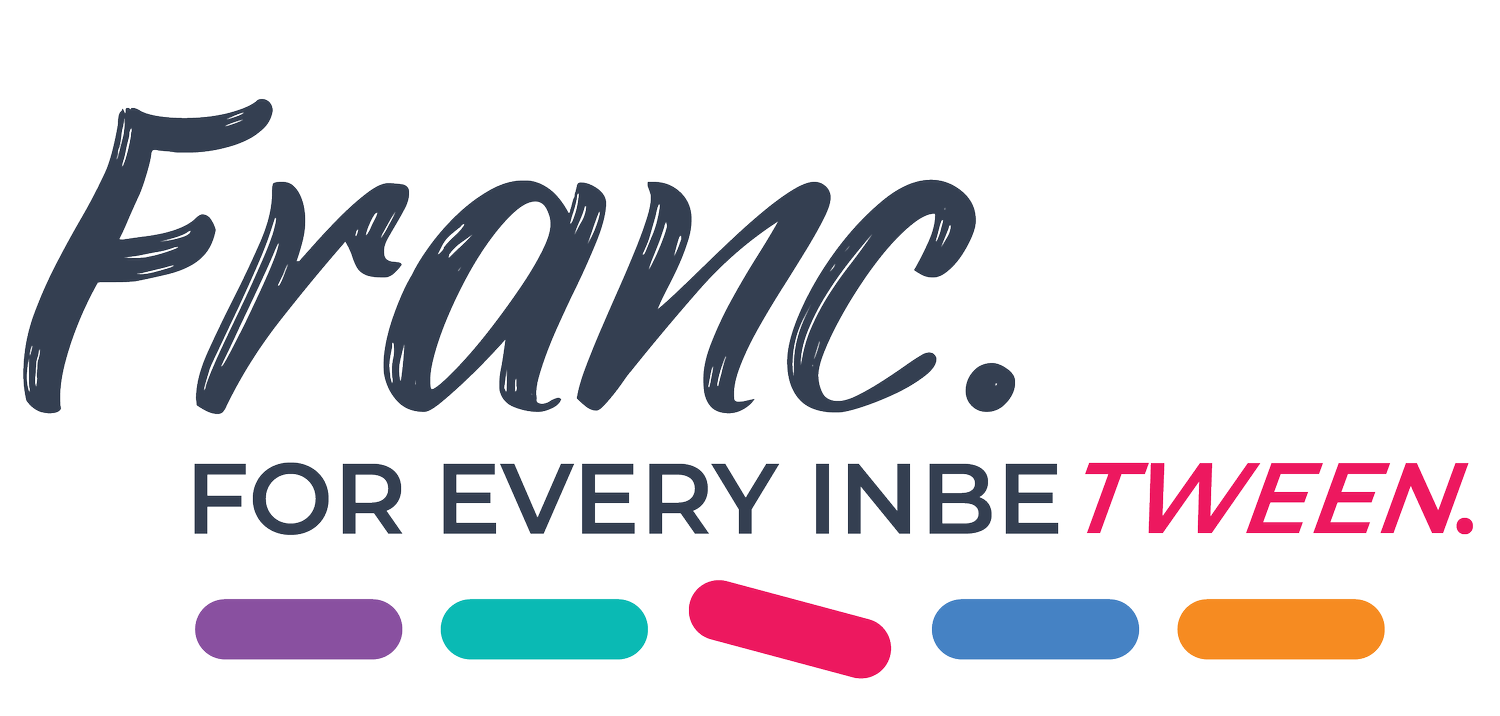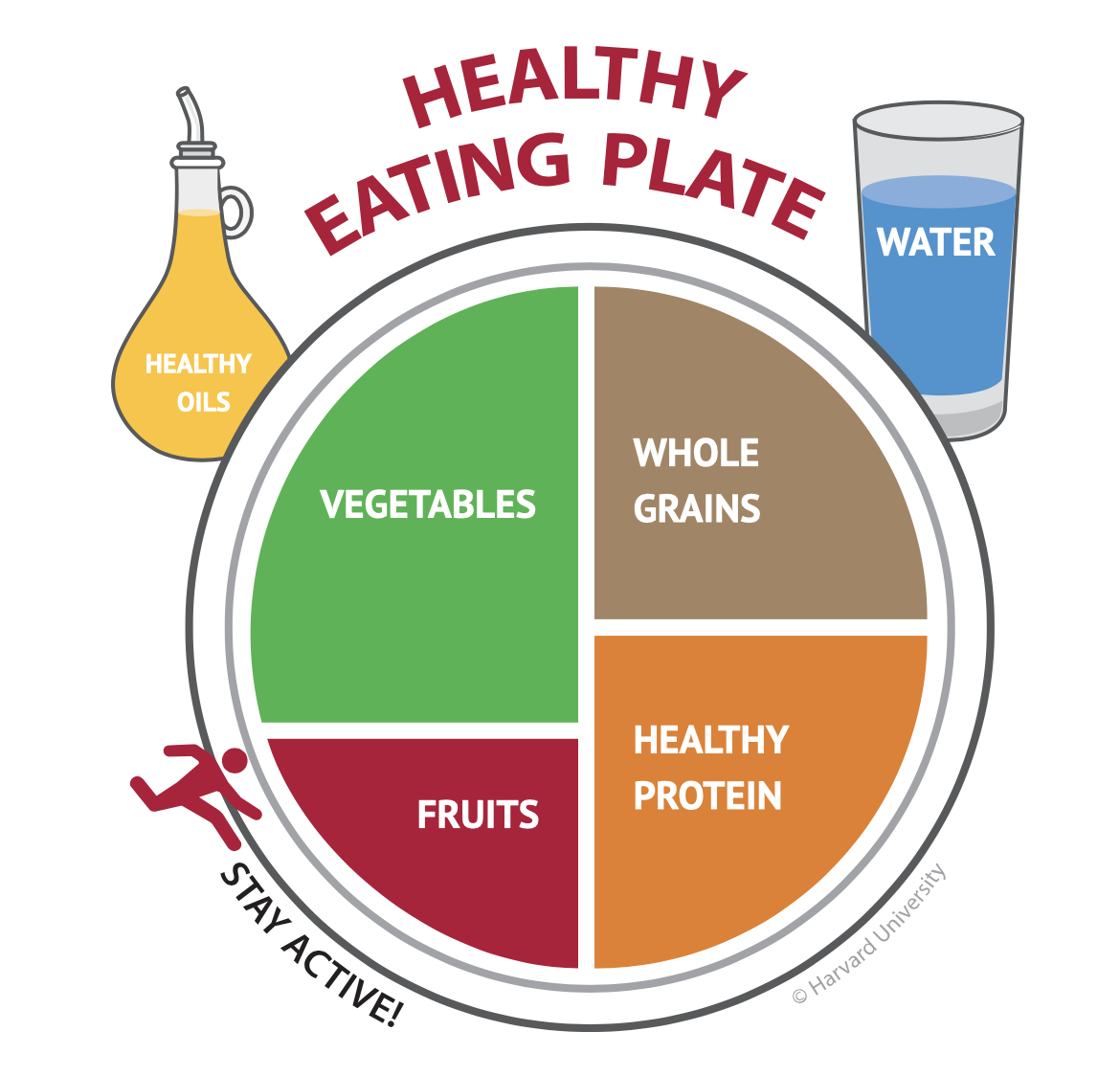The Food Pyramid
The food pyramid is a guide to help you make healthy choices about the foods you eat. The latest research shows that eating a variety of nutrient-rich foods from all food groups is the best way to maintain good health.
Here's a look at what the food pyramid looks like and how to use it to make healthy choices every day…
What is the Food Pyramid?
A food pyramid is a graphic that explains our body's need for balanced meals on a daily basis. The Pyramid is made up of divisions or categories, each of which instructs us how much of each group of food we should consume. Kids, Tweens & Teens must understand what nourishment to eat every day in order to assist them in their development years.
What does the Pyramid symbolise?
The food pyramid is a visual representation of the nutrients that are required by the human body. The Pyramid is divided into five food groups, each one representing the nutritional needs of a human being. Each section represents each food group, with thin and strong lines indicating how much of it the body requires. You can think of the Healthy Eating Pyramid as a grocery list: Vegetables, fruits, whole grains, healthy oils, and healthy proteins like nuts, beans, fish, and chicken should make it into the shopping cart every week, along with a little yogurt or other dairy foods if desired.
The Five Layers of the Pyramid
The healthy eating pyramid is divided into layers of different sizes representing the five common food groups, from the base upwards:
1. Fruit, vegetables & Legumes.
A high intake of fruits, vegetables, whole grains, legumes (beans), nuts, and seeds is linked to significantly lower risks of heart disease, high blood pressure, stroke, and type 2 diabetes (1,2).
2. Starchy foods, such as grains, bread, cereals and potatoes
Starchy foods are a good source of energy and the main source of a range of nutrients in our diet. As well as starch, they contain fibre, calcium, iron and B vitamins. (3)
3. Proteins, such as meat, fish, eggs and beans.
Meat, poultry, fish, eggs, pulses, beans and nuts are rich in protein. They also provide other very important vitamins and minerals such as iron. (4)
4. Milk and dairy foods.
Keep muscles, bones, nerves, teeth, skin and vision healthy. Release energy from foods and reduce tiredness and fatigue. Maintain healthy blood pressure. Support normal growth and brain development. (5)
5. Healthy Fats
Eating greater amounts of saturated fat is linked with an increased risk of heart disease and high blood cholesterol levels. (6)
It's worth noting that salt and added sugar should be avoided as much as possible.
Meaning of Serving
It does not imply that a meal must be consumed all at once. If you eat half a cup of pasta, you've had 1 serving from the 6-11 servings per day. If you have a lunch of 2 chapattis, one green vegetable, one lentil, one piece of fish or chicken, salad, and 1 cup of yogurt, you've had 3 servings of grains, 2 servings of vegetables, 1 serving of proteins and 1 serving of dairy.
These recommendations change as we age, so it's important to check the guidelines periodically to make sure you're getting the right amount of food from each food group.
When using the food pyramid to make healthy choices, aim to fill up on foods from the bottom of the pyramid first. These foods will help you meet your nutrient needs without adding a lot of extra calories. Choose foods from the top of the pyramid sparingly, as they can quickly add up in calories without providing much in terms of nutrition.
Following a healthy diet doesn't have to be difficult or boring. By using the food pyramid as a guide, you can easily make sure you're getting all the nutrients you need from a variety of delicious and nutritious foods.
Nutrition Australia: Healthy Eating Pyramid
The Healthy Eating Plate
Choose fish, poultry, beans, and nuts; limit red meat and cheese; avoid bacon, cold cuts, and other processed meats.
Harvard School of Public Health: Healthy Eating Plate
ADDITIONAL RESOURCES
Hu FB. Plant-based foods and prevention of cardiovascular disease: an overview. Am J Clin Nutr 2003;78:5445–5515
Orlich MJ, Fraser GE. Vegetarian diets in the Adventist Health Study 2: a review of initial published findings. Am J Clin Nutr 2014;100(Suppl. 1):353S–358S
https://www.hsph.harvard.edu/nutritionsource/what-should-you-eat/protein/
https://www.eatforhealth.gov.au/food-essentials/fat-salt-sugars-and-alcohol/fat



